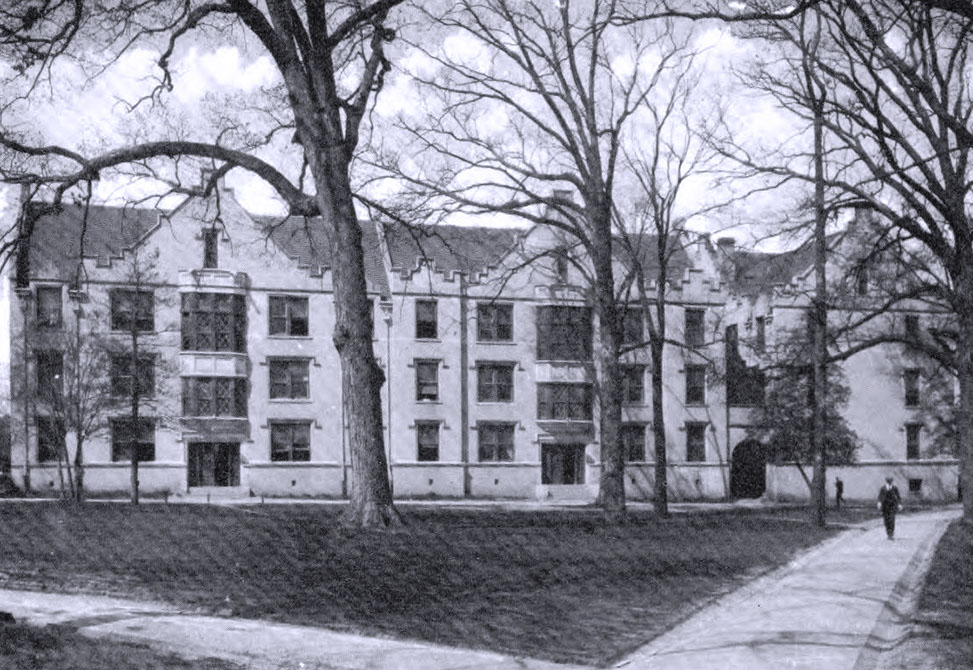Wilson Hall
Opened in 1940, Wilson is located on a hill near the corner of South Road and Columbia Street, described as "one of the most beautiful natural grounds for a building" on campus. It was built to house classrooms, laboratories, and offices for the Department of Biology and was expanded in 1965. The building is named for Henry Van Peters Wilson, hired in 1891 as the first biology professor at UNC, who later became chair of the Department of Zoology. He taught until his retirement in 1936. The proximity of Wilson Hall to Wilson Library has been an ongoing source of frustration to the first-year students seen every year on the first day of class wandering the halls of the library looking for their biology classroom.
Date Established: 1939
Date Range: 1939 – Present

Wilson Library, 1929. Photo by Bayard Wootten. Bayard Wootten Photo Collection, North Carolina Collection Photo Archives, Wilson Library.






